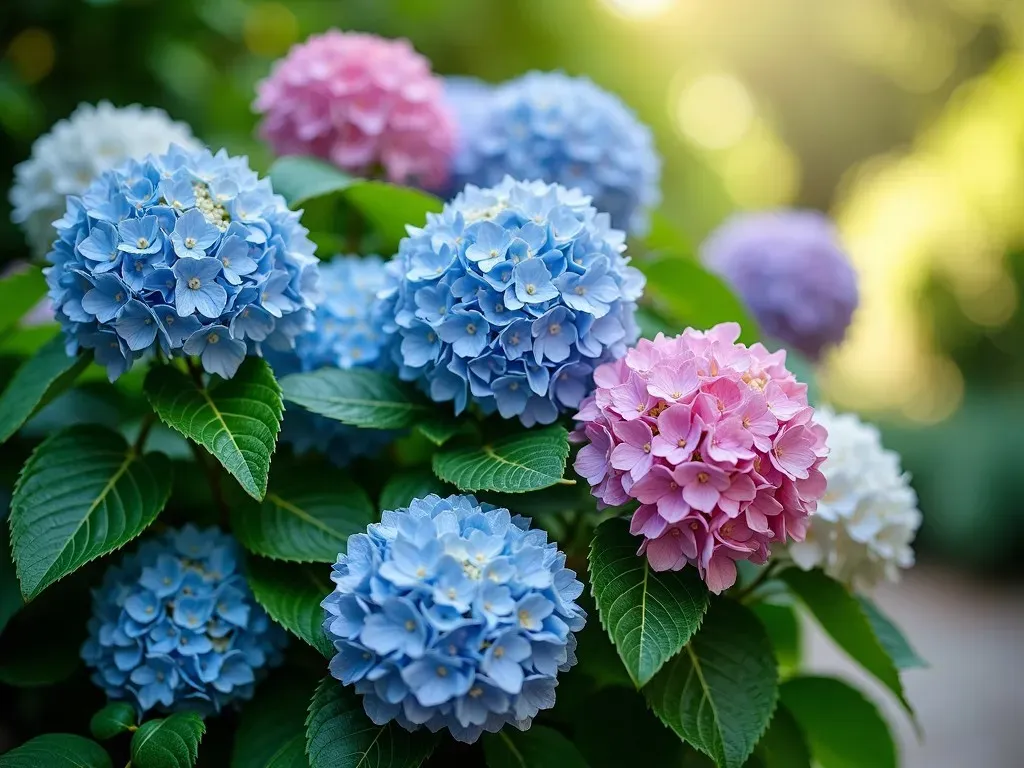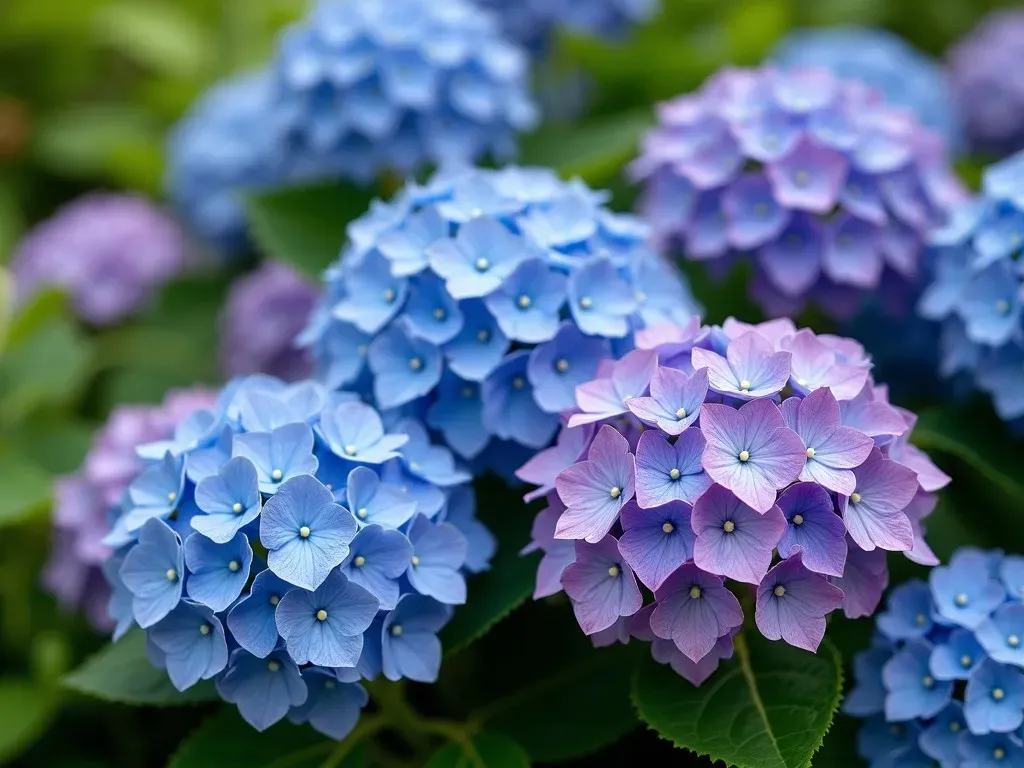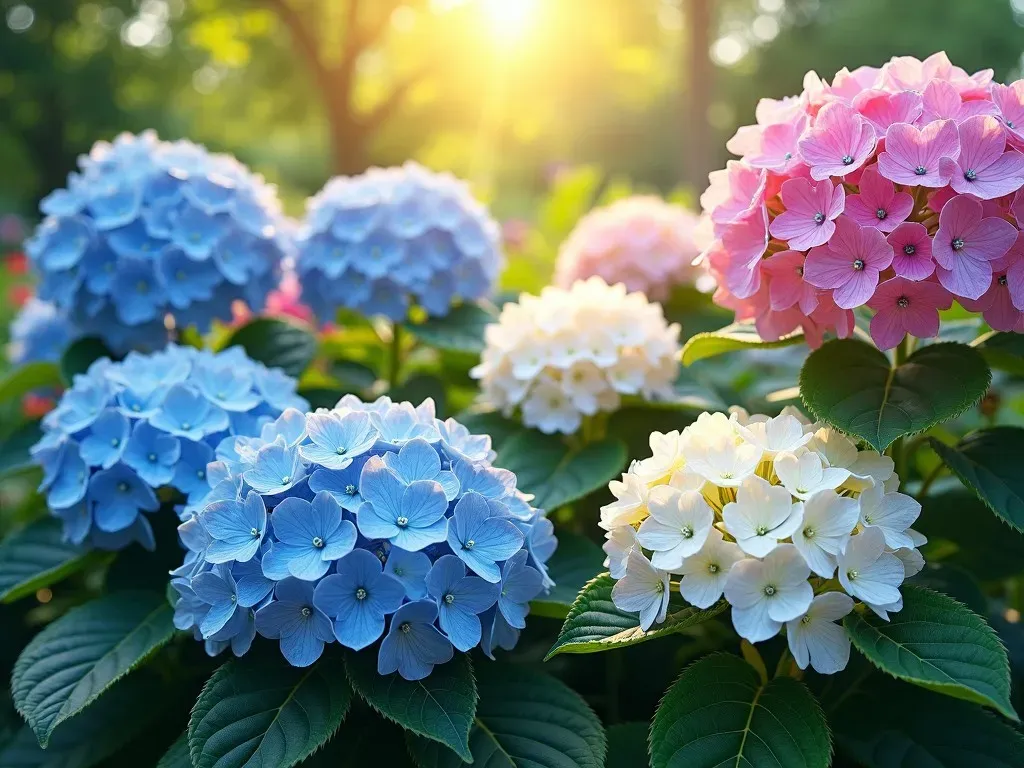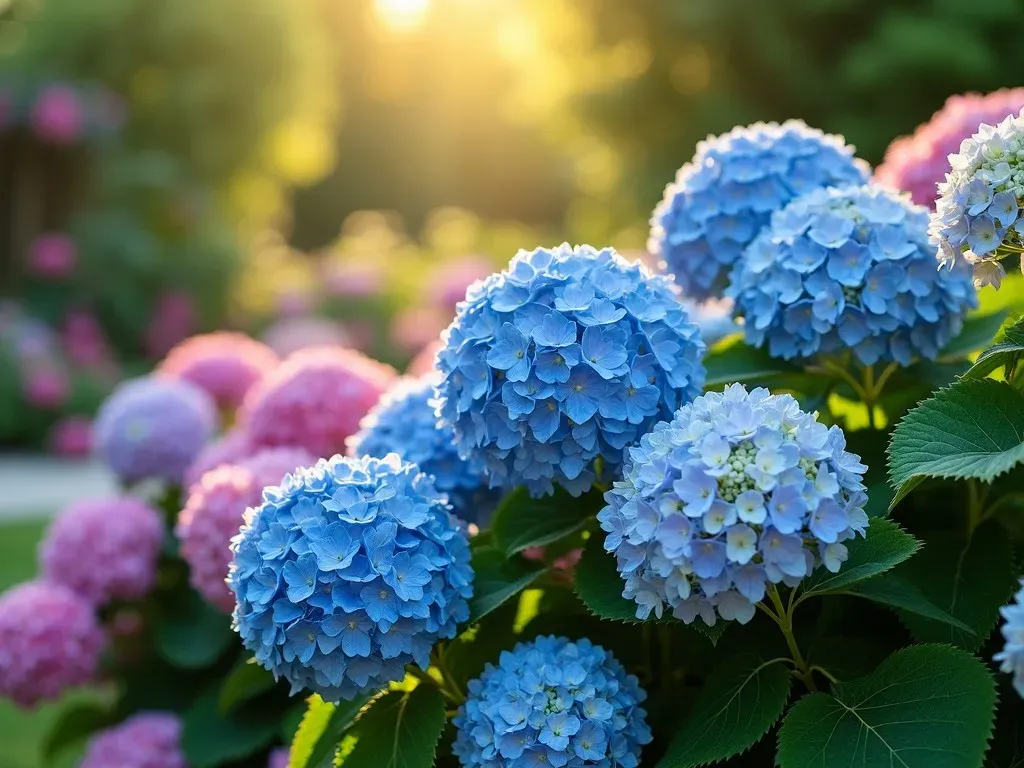Keyword: pictures of hydrangea bushes
Hydrangea bushes are a gardener’s delight, known for their spectacular blooms and lush foliage. Their breathtaking colors range from deep blues and vibrant pinks to soft whites and rich purples, making them a favorite among flower lovers. In this article, we will explore captivating images that showcase the beauty of hydrangea bushes and provide you with tips, facts, and care instructions that will enhance your garden experience.
The Beauty and Diversity of Hydrangea Bushes
Hydrangeas are not only visually stunning; they also come in various species, each with unique characteristics. The most common types include:
-
Bigleaf Hydrangea (hydrangea macrophylla): Known for large, colorful blooms, often changing color based on soil pH.
-
Panicle Hydrangea (Hydrangea paniculata): Features cone-shaped flower clusters and is known for its hardiness.
-
Oakleaf Hydrangea (Hydrangea quercifolia): Displays distinctive oak-shaped leaves that turn brilliant colors in the fall.
-
Climbing Hydrangea (Hydrangea anomala subsp. petiolaris): A vigorous climber that can cover walls or trellises, adorned with elegant white blooms.
-
Smooth Hydrangea (Hydrangea arborescens): Offers round clusters of flowers and is often used for hedges due to its compact nature.

Facts About Hydrangea Bushes
| Type | Blooming Season | Height | Common Colors |
|---|---|---|---|
| Bigleaf | Summer | 3-10 feet | Blue, Pink, Purple |
| Panicle | Late Summer | 4-8 feet | White, Pink |
| Oakleaf | Summer | 3-6 feet | White, Copper |
| Climbing | Early Summer | Up to 50 feet | White |
| Smooth | Summer | 3-5 feet | White, Pink |
Source: Leafy Place
Stunning Pictures of Hydrangea Bushes
Visualizing hydrangea bushes can ignite inspiration among gardeners and floral enthusiasts alike. Below are some striking descriptions of hydrangea bush images to help you envision their beauty in your own garden:
-
Mophead Blooms: There are clusters of large, round flower heads in shades of blue and pink against a backdrop of rich green leaves.

-
Lacecap Varieties: These feature delicate flowers that resemble lace, perfect for creating a soft and romantic atmosphere in landscapes.

-
Fall Foliage: As the seasons change, the leaves of hydrangea bushes turn shades of fiery red and orange, providing visual interest even in autumn.

-
Container Garden Hydrangeas: Potted hydrangeas can create color and charm on patios or balconies, adding a touch of grace to limited spaces.

Benefits of Having Hydrangea Bushes in Your Garden
-
Versatility: They can grow in various settings, whether in garden beds or as potted plants.
-
Low Maintenance: Hydrangea bushes require minimal care once established, making them ideal for busy gardeners.
-
Soil Adaptability: These plants can adapt to different soil types and pH levels, allowing for diverse growing conditions.
-
Year-Round Interest: With proper care, hydrangeas can provide color and texture to gardens through multiple seasons.
-
Wildlife Attraction: Their flowers attract pollinators like bees and butterflies, enhancing the biodiversity of your garden.
Tips for Growing Healthy Hydrangea Bushes
To ensure robust growth and vibrant flowers, follow these essential tips for Hydrangea Care:
1. Location and Planting
-
Sunlight: Most hydrangeas prefer partial shade, especially during the hottest part of the day. However, varieties like panicle hydrangeas can tolerate full sun.
-
Soil: Well-draining soil enriched with organic matter is crucial. Aim for slightly acidic to neutral pH, as this affects bloom color in bigleaf varieties.
2. Watering and Fertilizing
-
Watering: Hydrangeas thrive on consistent moisture but should not be waterlogged. Water deeply once a week.
-
Fertilization: Fertilize in spring with a balanced, slow-release fertilizer designed for flowering shrubs.
3. Pruning Techniques
-
When to Prune: Prune bigleaf and oakleaf types after the last frost, while panicles can be pruned in early spring before new growth.
-
Pruning Methods: Remove dead or weak stems and shape the bush for better air circulation.
4. Pest and Disease Management
-
Common Pests: Keep an eye out for aphids, spider mites, and Japanese beetles. Use insecticidal soap for infestations.
-
Diseases: Prevent fungal issues by ensuring proper air circulation and watering at the base of the plant. Remove any affected leaves promptly.

Frequently Asked Questions
What Are the Most Popular Varieties of Hydrangeas?
- The most popular are Bigleaf (Hydrangea macrophylla), Panicle (Hydrangea paniculata), and Oakleaf (Hydrangea quercifolia).
How Can I Change My Hydrangea’s Bloom Color?
- For Bigleaf hydrangeas, altering the soil pH can change bloom color: acidic soil produces blue flowers, while alkaline yields pink.
when do hydrangeas bloom?
- Depending on the variety, hydrangeas typically bloom from late spring to early fall.
How Often Should I Water Hydrangeas?
- Water deeply once a week or more frequently during very hot weather to maintain consistent moisture levels.
Are Hydrangeas Deer Resistant?
- While not completely deer-proof, hydrangeas are less palatable to deer compared to Other flowering plants.

By integrating hydrangea bushes into your garden, you can enjoy their lush colors and stunning visuals throughout the growing season. Whether you’re capturing their beauty through pictures or creating your own breathtaking display, hydrangeas are guaranteed to enchant any viewer.
For more information on types of hydrangeas and gardening tips, visit The Spruce.



